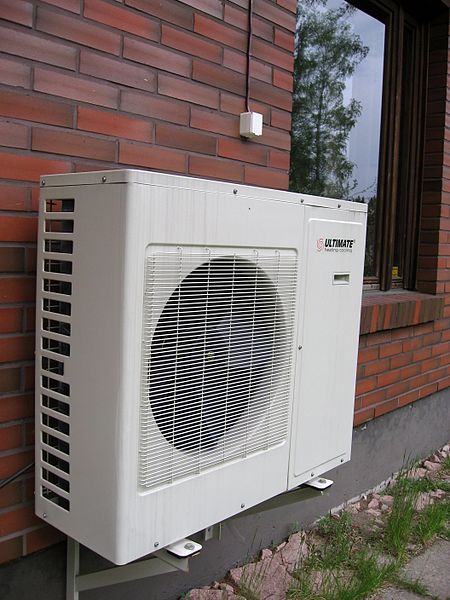We’re currently helping one of our long-standing venues think about what to do now and how to plan ahead for a future change to a heat pump. They’re a church, and like many churches, their immediate concern is the housing for their priests. Some things to think about are the same as for community buildings, but some are not.
Our number one recommendation: plan ahead and make sure you’re talking to properly trained installers. Just like with gas boilers, good installation is half the battle. Many current installers are from other trades and just dipping their toes into this business. If you get one that is accredited by the MCS then you can be sure they have some training and are registered with a consumer protection scheme. You can learn a lot about a company on the Companies House website – you want to make sure they’re established, stable, and solvent.
An early decision to make is what emitters the heat pump will use – the existing radiators, new radiators, or under-floor heating. Under-floor heating is a better idea for two reasons. First, the warmth of being in contact with the floor aids comfort. Second, you may well need to insulate under the ground floor to get an Energy Performance Certificate rating of C or above anyway – something that’s increasingly being required for sales and renting – and this is an opportunity to install under-floor heating at the same time.
It is possible to use radiators with heat pumps where you aren’t willing to mess with the floors, or at least aren’t ready yet. Heat pumps need bigger radiators than boilers do, but often radiators are sized very generously already. You’ll need a proper assessment of the required heat output for your rooms and also a good look at the existing radiators, as they don’t last forever.
The better insulated and draught-proofed a building is the more likely existing radiators are to work, especially if the insulation went in after the radiators did. These improvements might make it possible to retain radiators with a lot of life left in them. It all depends on the circumstances. Of course, even better is to deal with the heat loss and need a smaller heat pump as a result.
In a community building, it’s sometimes as easy to get a big grant as a small one and get all the disruption over with, making a change to under-floor a more attractive proposition. Even so, sometimes the buildings are so large that they require either a commercial heat pump or several domestic ones. If this requires too much funding, then it’s good to look at hybrid heating strategies that retain the old heating system or use localised heating just for top-up in extreme weather. And it’s important to remember that heat pumps are about providing low heating all of the time; if you only use the building occasionally this probably isn’t the right approach.
Sadly, housing for ministers and priests falls in a grant gap. It isn’t rented or owner-occupied, so there’s nowhere to go for funds. That’s going to create real hardship unless there’s a change in policy, as churches don’t have the ready funds any more than owner-occupiers do.
